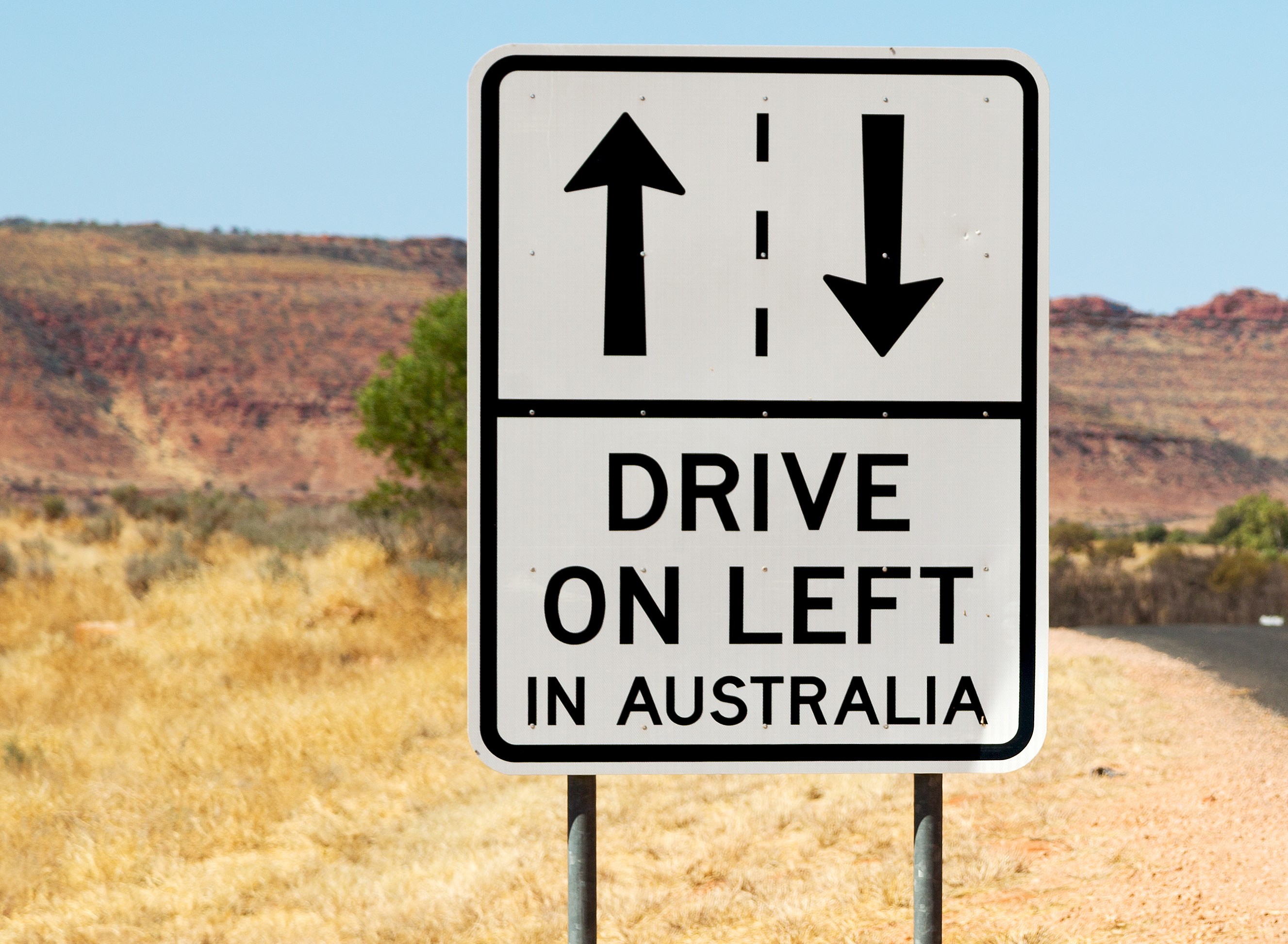About the model road rules
The Australian Road Rules are model laws that form the basis of the road rules in each Australian state and territory. They are a framework for road safety and traffic regulations, not national laws that are in force across Australia. For the most part, each state and territory has copied the Rules into their own laws, however, not every provision of the Rules has been copied exactly in each state and territory.
There are also a number of provisions in the Rules that specifically leave certain matters to state and territory governments to determine. It means each state and territory can add local rules that meet their own needs, like rules for hook turns in central Melbourne.
Background
Before the introduction of the model Australian Road Rules in 1999, each state and territory had different rules. It meant every time you crossed a state border, a whole set of new road rules applied making it harder to know some basic rules like whether to give way to right turning traffic or left turning traffic.
Road rules in your state or territory
To find out what rules apply in your territory or to obtain a copy, visit the ACT Government website.
To find out what rules apply in your state or to obtain a copy, visit the NSW Government Roads and Maritime Services website.
To find out what rules apply in your territory or to obtain a copy, visit the Northern Territory Government website.
To find out what rules apply in your state or to obtain a copy, visit the Department of Transport and Main Roads.
To find out what rules apply in your state or to obtain a copy, visit the Government of South Australia website.
To find out what rules apply in your state or to obtain a copy, visit the Department of State Growth website.
To find out what rules apply in your state or to obtain a copy, visit the Vicroads website.
To find out what rules apply in your state or to obtain a copy, visit the Department of Transport website.
To find out what rules apply in your territory or to obtain a copy, visit the ACT Government website.
To find out what rules apply in your state or to obtain a copy, visit the NSW Government Roads and Maritime Services website.
To find out what rules apply in your territory or to obtain a copy, visit the Northern Territory Government website.
To find out what rules apply in your state or to obtain a copy, visit the Department of Transport and Main Roads.
To find out what rules apply in your state or to obtain a copy, visit the Government of South Australia website.
To find out what rules apply in your state or to obtain a copy, visit the Department of State Growth website.
To find out what rules apply in your state or to obtain a copy, visit the Vicroads website.
To find out what rules apply in your state or to obtain a copy, visit the Department of Transport website.
Personal mobility devices
The use of personal mobility devices continues to grow as e-bikes and e-scooters become increasingly popular.
We made changes to the model Rules in 2021 to allow for the safe use of personal mobility devices (PMDs) or innovative vehicles, and motorised mobility devices (MMDs) on our roads recognising that MMDs and PMDs and their users are inherently different.
Australia’s transport ministers have now asked for a review of the Rules in response to growing use of personal mobility devices.
Reviewing the Australian Roads Rules to align with best practice child restraint guidance
Ministers have asked us to review the Australian Road Rules (ARRs) relating to child restraints for passengers under 16 years old. This includes children with medical conditions and disabilities to ensure they are inclusive and up to date with the latest safety research and best practice guidelines. NTC will work with state and territory jurisdictions, as well as relevant stakeholders to review the current ARRs relating to child restraints. There will be a specific focus on the following areas:
- Appropriate use of child restraints
- Children using adult seatbelts
- Children travelling in the front seat
- Improving the level of protection for children with medical conditions and disabilities
